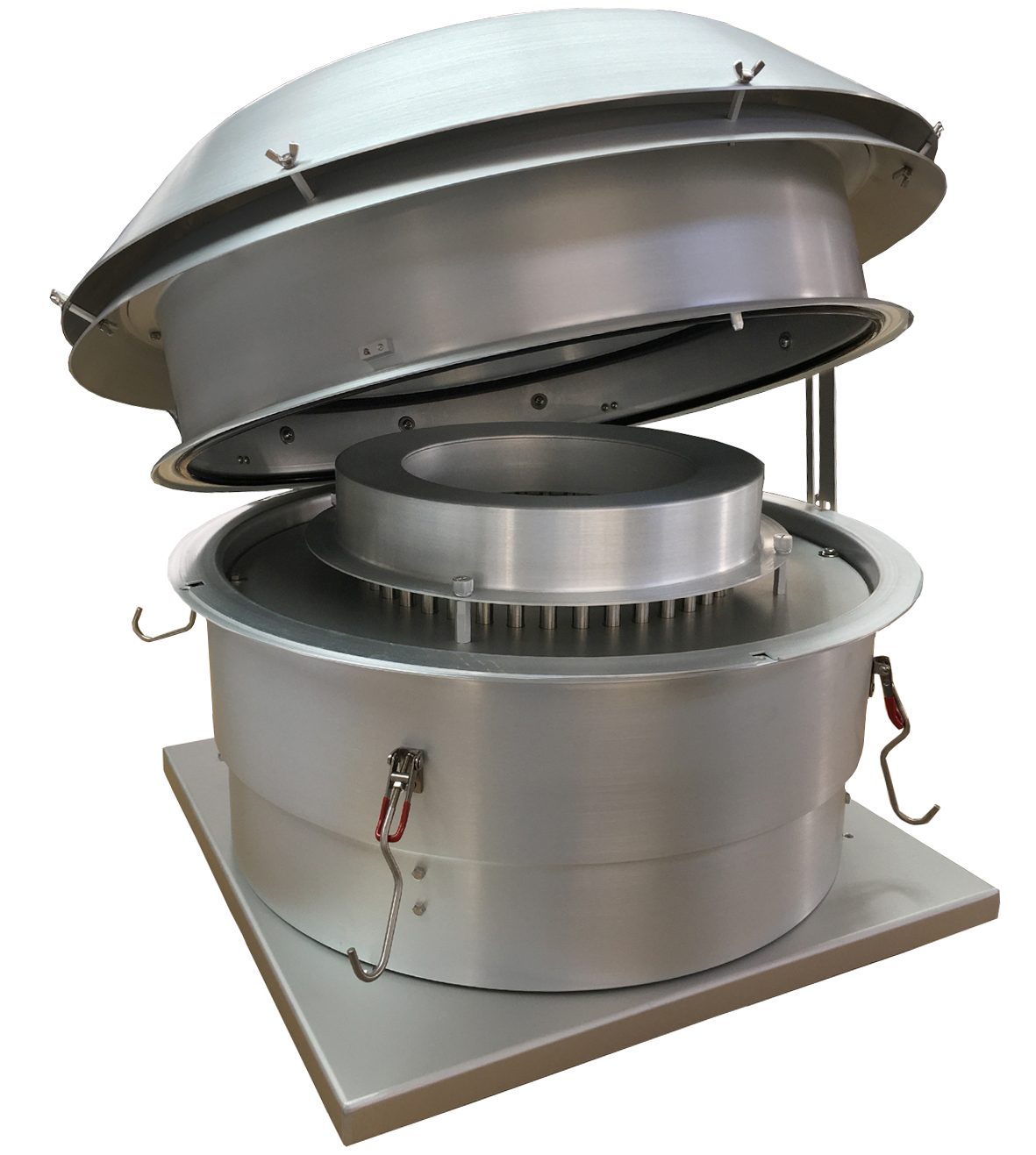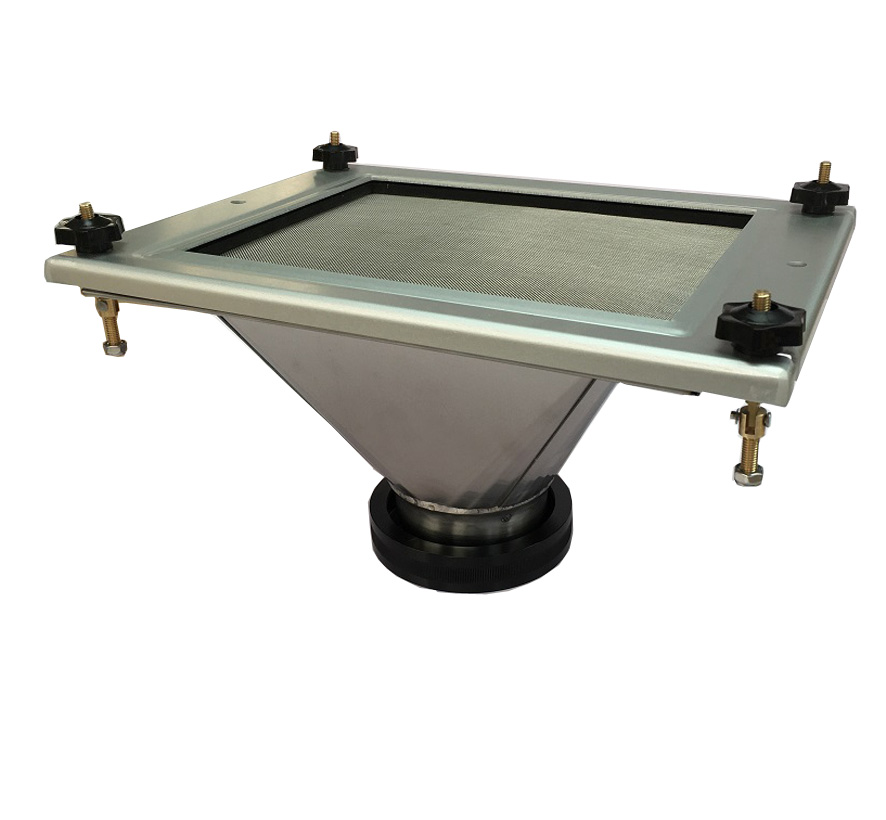Air quality is an important factor in both human and environmental health. Particulate matter (PM), a suspension of microscopic solid particles and liquid droplets, can have a substantial impact on air quality. The particulate matter having a diameter of 10 micrometers or less is referred to as PM10. Monitoring PM10 levels is critical for determining the impact of air pollution on human health and the environment.PM10 air samplers play a vital role in measuring and understanding PM10 concentrations, aiding various industries in ensuring cleaner air and healthier environments. In this article, we will explore the industries that extensively use PM10 air samplers for monitoring air quality.
Construction And Demolition
The construction and demolition industries generate significant amounts of dust and particulate matter due to activities such as excavation, drilling, grinding, and transportation of materials. These airborne particles can have serious health implications for workers and nearby communities. PM10 air samplers are used to detect particulate matter concentrations at construction sites, assisting employers and regulators in assessing possible health concerns, implementing suitable dust management measures, and ensuring compliance with air quality regulations.
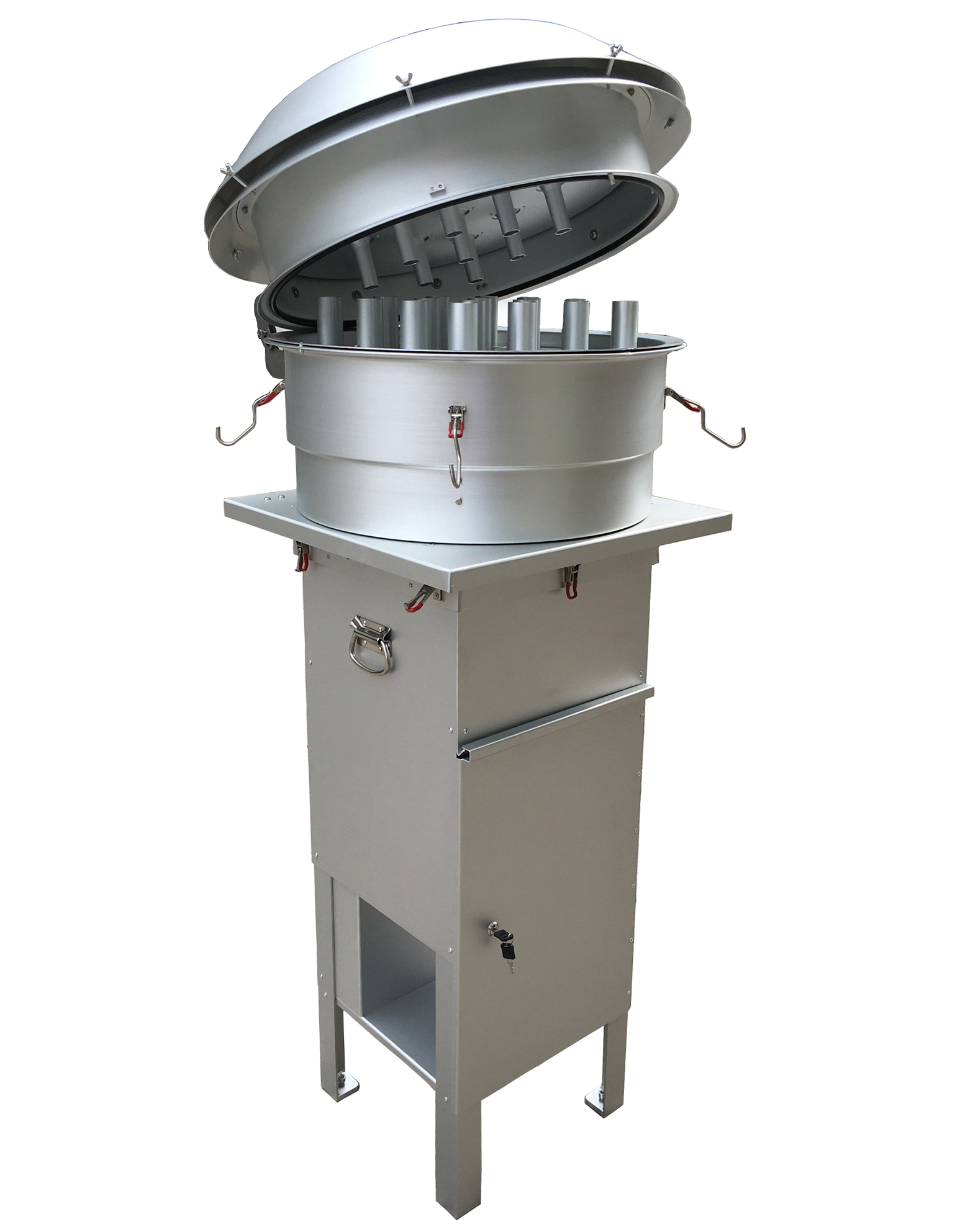
High Volume PM10 Air Sampler Product
Manufacturing
Manufacturing processes in industries like metalworking, textiles, and woodworking can release substantial amounts of particulate matter into the air. Inhalation of these particles can lead to respiratory issues and other health problems. PM10 air samplers assist firms in monitoring air quality within their facilities, allowing them to detect pollution sources, optimize production processes, and safeguard workers' health.
Mining
Mining operations, whether surface or underground, can generate substantial amounts of dust and particulate matter. The mining industry utilizes PM10 air samplers to monitor the levels of airborne particles in and around mining sites. This data helps regulatory bodies enforce air quality standards and mining companies build efficient dust management strategies to lessen the environmental and health consequences of their operations.
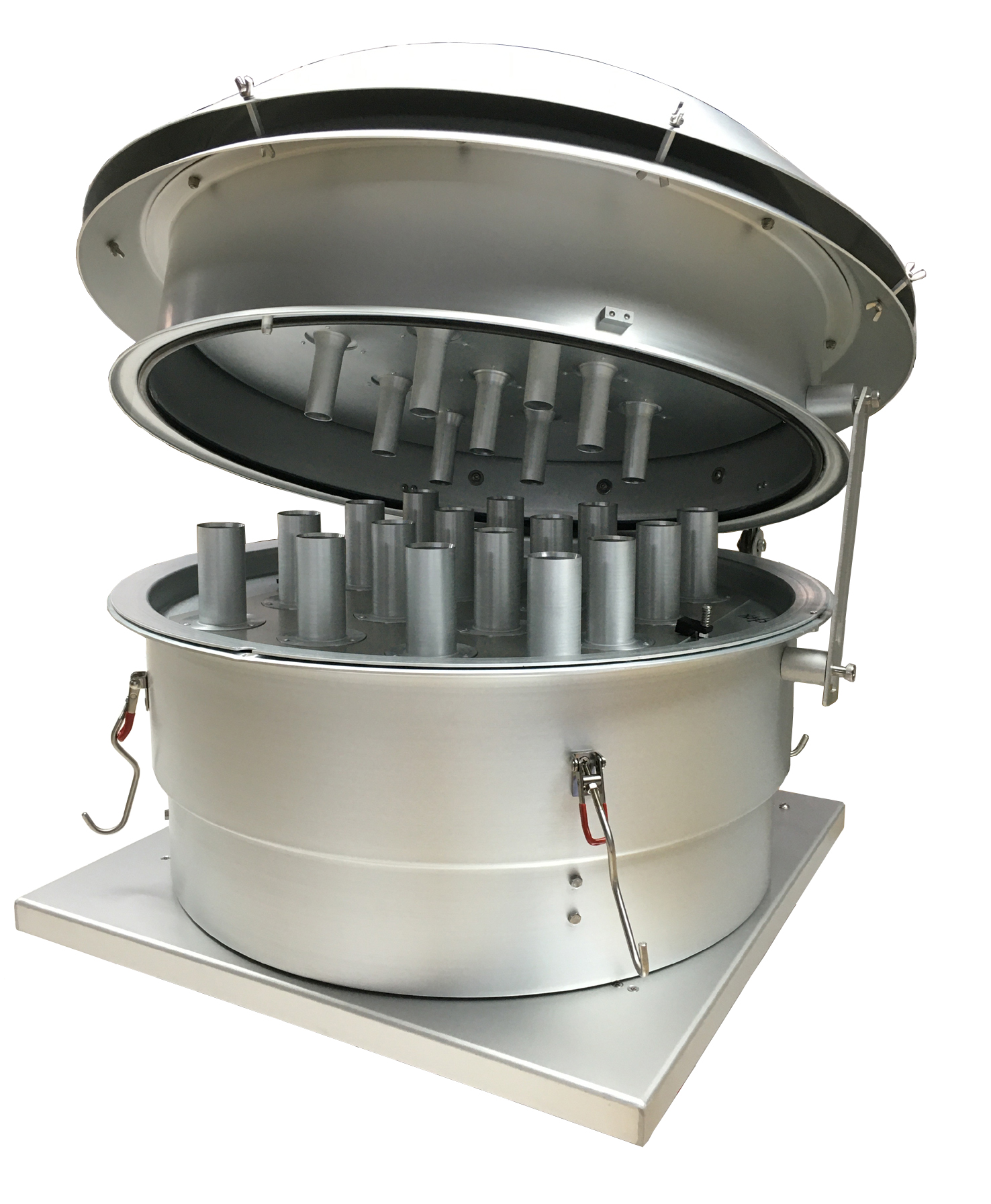
Agriculture
Agricultural activities such as plowing, tilling, and harvesting can release particles into the air, contributing to particulate matter pollution. In agricultural settings, PM10 air samplers are used to detect the quantities of airborne particles, enabling farmers to follow effective land management methods, limit soil erosion, and lessen the impact of agricultural operations on air quality.
Traffic And Transportation
Vehicular emissions are a significant source of PM10 in urban areas. Monitoring air quality near roads, highways, and transportation hubs is essential for assessing the impact of traffic-related pollution on public health. PM10 air samplers help transportation authorities and urban planners understand the concentration of airborne particles in these areas, allowing them to design strategies to reduce emissions and mitigate their negative repercussions.
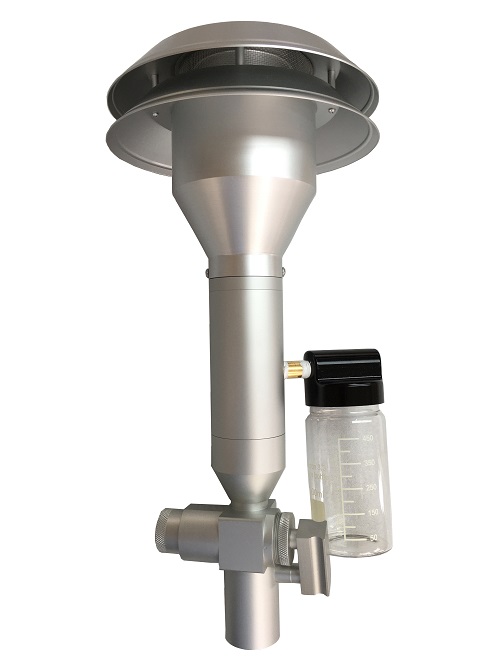
Environmental Monitoring
Government agencies and environmental organizations use PM10 air samplers for general environmental monitoring purposes. These instruments give useful data on air quality trends, assisting policymakers in making educated decisions regarding air quality legislation, emission reduction initiatives, and land use planning.
Conclusion
The use of PM10 air samplers is widespread across various industries to monitor particulate matter levels in the air. If you are looking for a high-quality PM10 air sampler, T4 AIR SAMPLER is your good choice! Please feel free to contact us at sales@t4airsampler.com for further information about our top-quality air samplers!


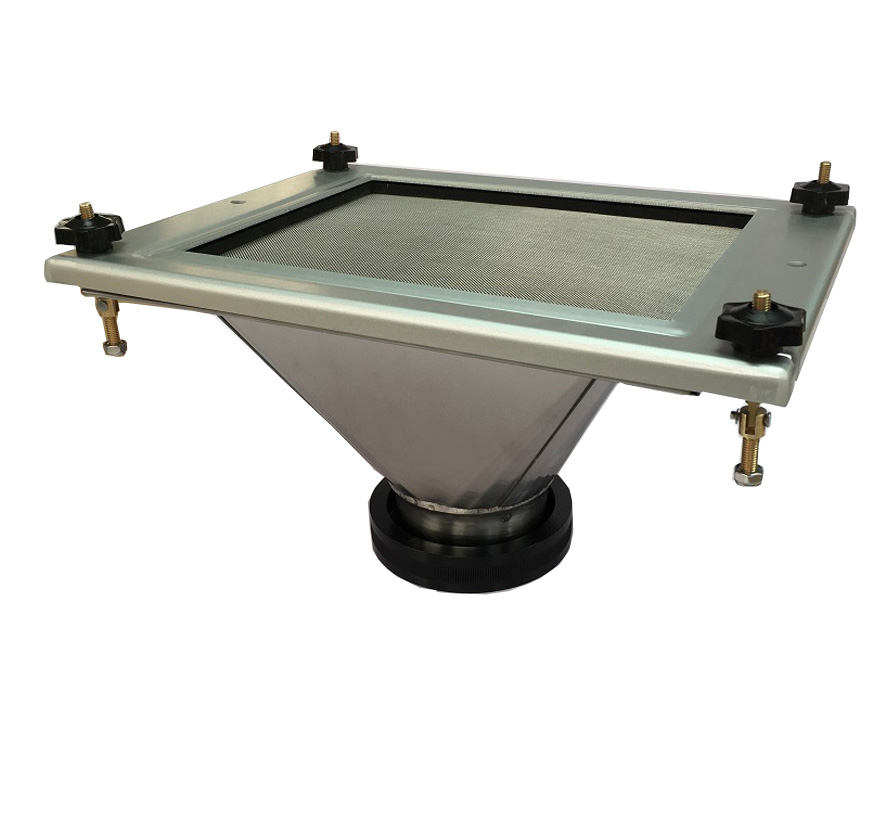
.jpg)

